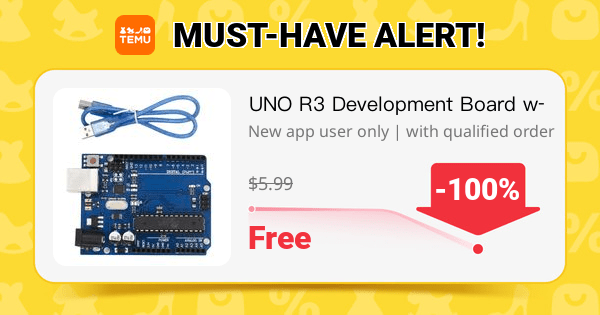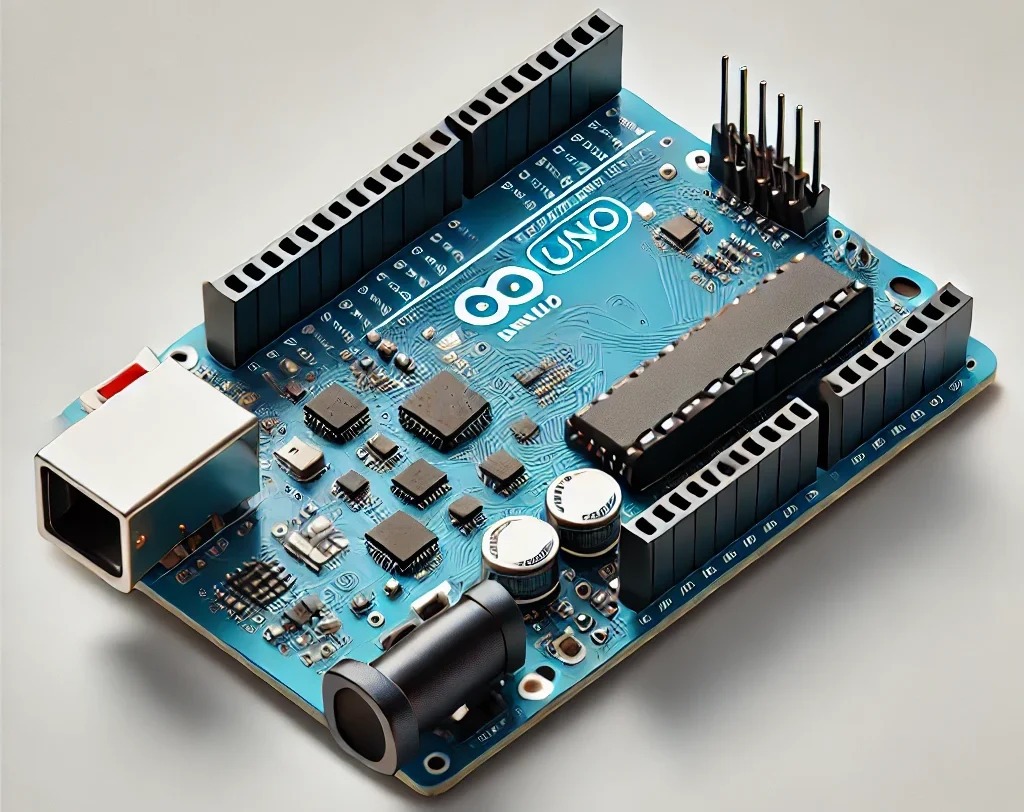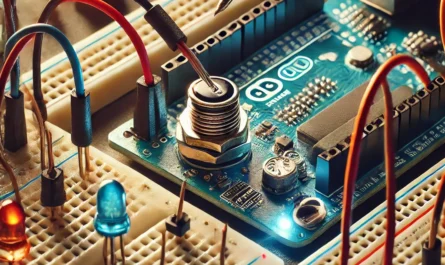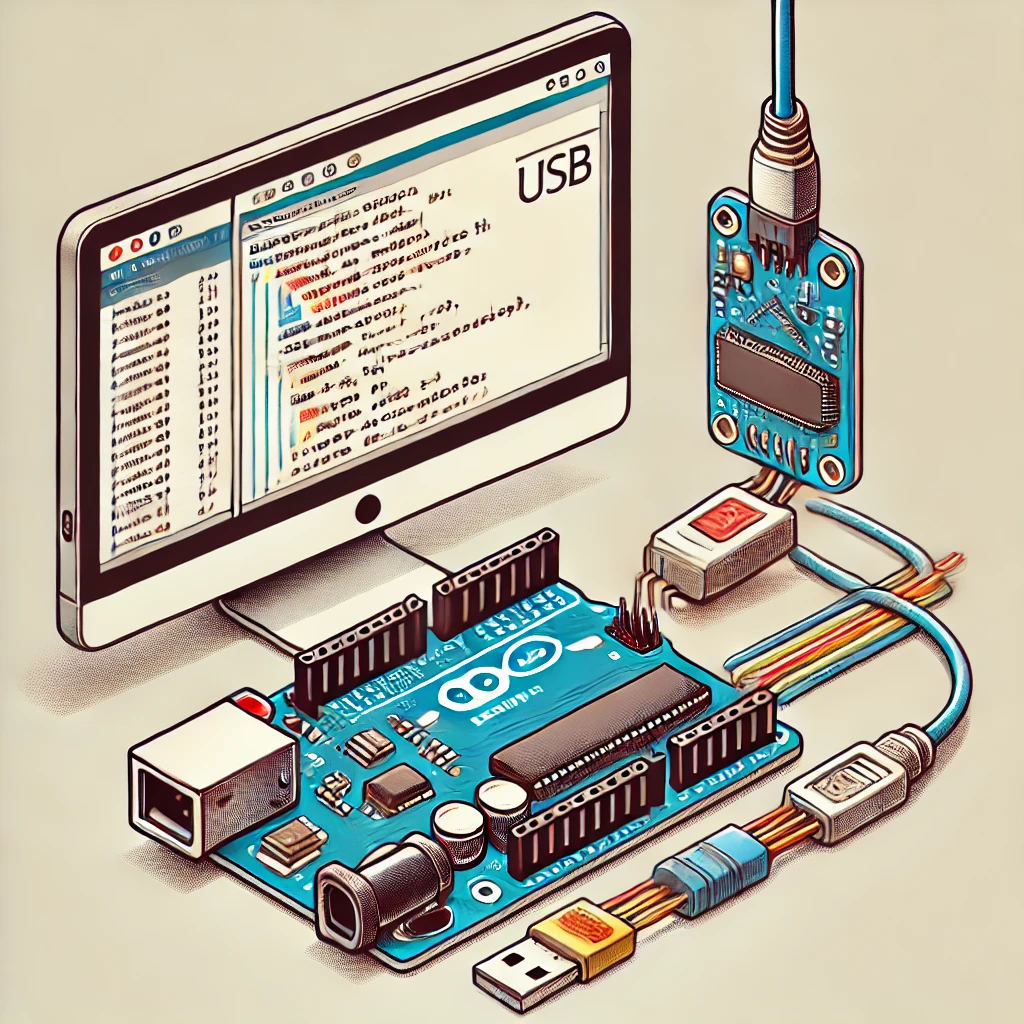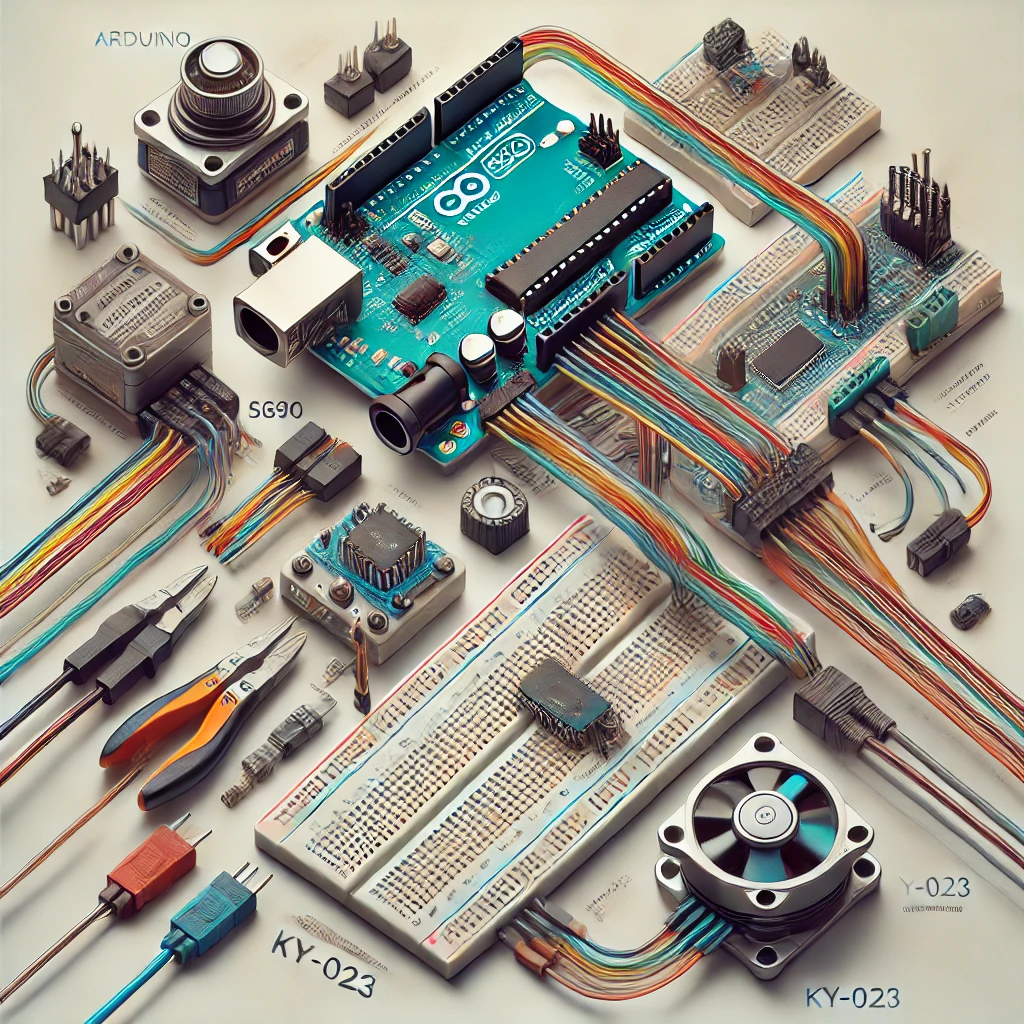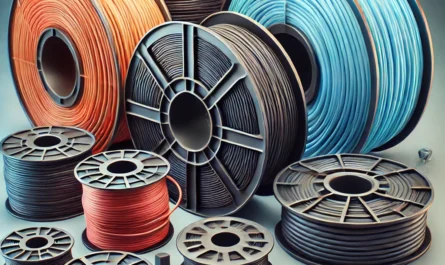📜 1. History of Arduino Uno
- 🔹 Origins:
- 🇮🇹 The Arduino project began in the early 2000s in Italy, designed to make electronics accessible to everyone.
- 🔹 Launch:
- 🚀 The first Arduino boards were released around 2005–2006, with the Arduino Uno quickly gaining popularity due to its simplicity.
- 🔹 Development:
- 💡 Built around the ATmega328 microcontroller.
- 🔄 Updated versions (like the Uno R3) improved connectivity and usability while staying true to the open-source philosophy.
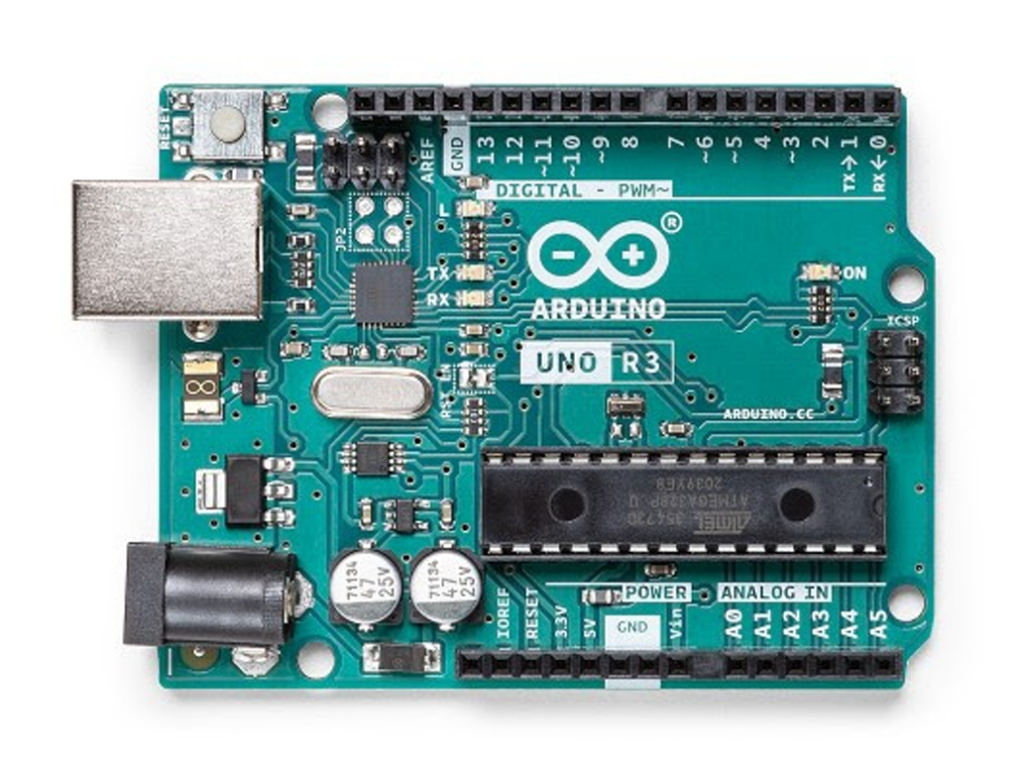
🔧 2. Applications of Arduino Uno
- 📚 Education & Learning:
- 🎓 Used widely in schools and universities for learning programming and electronics.
- 🏠 DIY Projects:
- 🏡 Home automation, robotics, and creative interactive installations.
- 🌐 Internet of Things (IoT):
- 📡 Connecting sensors and devices to the Internet.
- 🤖 Prototyping & Control Systems:
- ⚙️ Controlling motors, servos, and relays in a variety of projects.
🔍 3. Comparison with Other Arduino Boards
🔸 Arduino Uno vs. Uno Clones
- 🎖️ Original Uno:
- Official board with robust support and documentation.
- 💰 Slightly more expensive.
- 💸 Uno Clones:
- Cheaper and widely available, functioning similarly to the original.
🔸 Arduino Uno vs. Arduino Nano
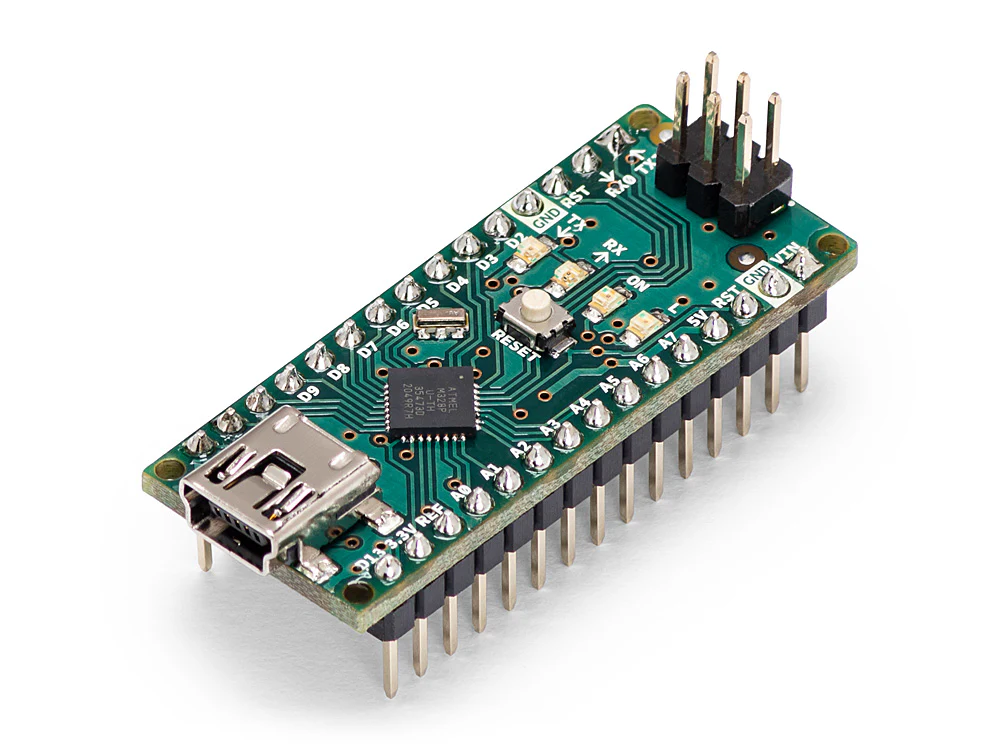
- 📏 Uno:
- Standard size with many I/O pins.
- 📐 Nano:
- Compact and breadboard-friendly—ideal for space-constrained projects.
🔸 Arduino Uno vs. Arduino Mega
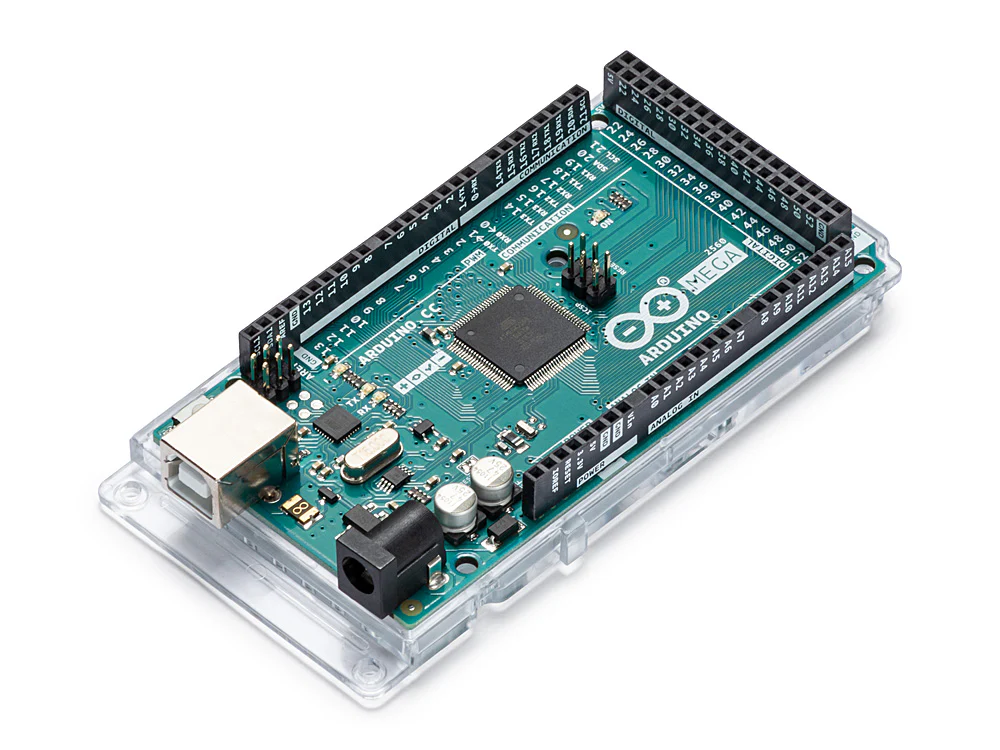
- 🖥️ Uno:
- 14 digital I/O pins and 6 analog inputs.
- 💻 Mega:
- 54 digital I/O pins and 16 analog inputs—suitable for complex projects.
🔸 Arduino Uno vs. Arduino Leonardo
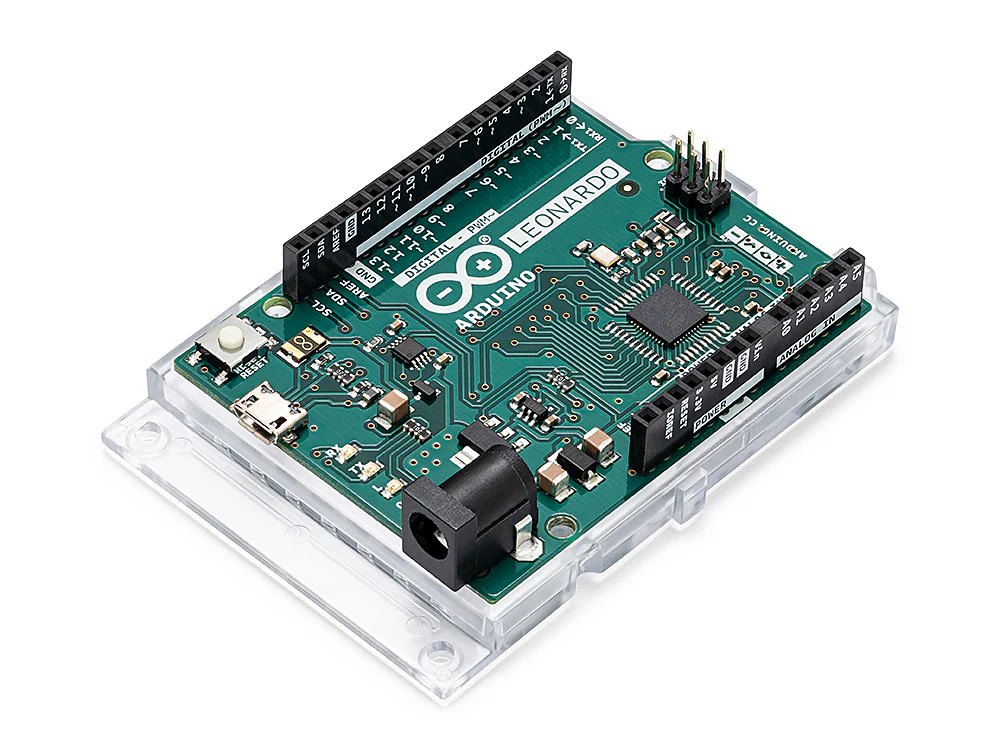
- ⌨️ Leonardo:
- Built on the ATmega32u4 with native USB support, allowing it to emulate a keyboard or mouse.
- 💻 Uno:
- Uses the ATmega328 with an external USB-to-serial converter, ideal for general projects.
🎯 Conclusion
The Arduino Uno remains a favorite due to its:
- 👍 Ease of Use:
- Perfect for beginners with extensive community support.
- 🔄 Versatility:
- Suitable for a wide range of applications from simple LED projects to advanced IoT systems.
- 🔀 Scalability:
- With related boards like Nano, Mega, and Leonardo, you can choose the best fit as your project grows.
